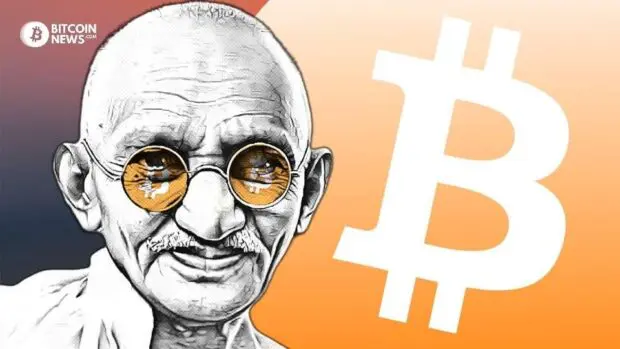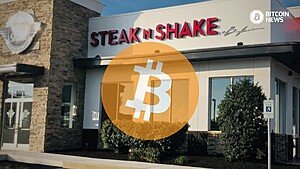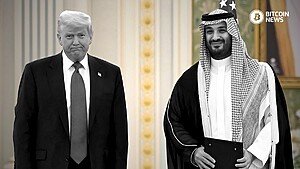There is a new global civil rights movement that aims to protect the sovereignty of all human beings. The philosophical ideology of non-violent resistance was utilized by Martin Luther King to pass the Civil Rights Act of 1964. Non-violent resistance became a sociopolitical trend afterward. Civil Rights leaders all over the nation peacefully boycotted and marched all over America to countervail the control authority of a flawed justice system. From 1966 to 1999, nonviolent civic resistance played a critical role in fifty of sixty-seven transitions from authoritarianism.
Bitcoin is an asset that utilizes non-violent resistance by protecting a monetary network through electric power projection.
Instead of demonstrating sit-ins to expose the absurdity of 20th century Jim Crow Laws, bitcoin uses a proof-of-work consensus mechanism to protect a Trillion-Dollar monetary network without projecting kinetic (violent) power, simultaneously exposing the absurdity of 20th century monetary policy.
Since the beginning of recorded history, the winners of large-scale violent periods in history (war) usually resulted in economic spoils and technological breakthroughs. There is a monetary and social incentive, however amoral it is, to conduct war operations.
However, war is a horrible reason to incentivize technological advancement. Why should humans have to kill other humans on a massive scale before new technologies are created and utilized? Bitcoin offers the world a much more attractive incentive to build on top of technological advancements.
Bitcoin adoption has the potential to bring large-scale violence to an end and may one day be considered the most efficient form of nonviolent resistance.
Jason P Lowery has held the controversial contention that kinetic violent energy was the only way to countervail the attack of an oppressor until the creation of bitcoin.
However, MLK and other Civil Rights Leaders in the 20th century utilized non-violent demonstrations to countervail control authority of an oppressor and amend laws.
In regards to the Civil Rights Movement, Attorney Richard Cohen points out that “The violence was being perpetrated by the oppressors, not the oppressed. And that was an incredibly powerful message and incredibly important tool during the movement.”
Although we are fortunate to live in a country that has an abundance of energy and resources, it is obvious that the United States Government has been the oppressor when it comes to the overall strategy of monetary policy. By establishing a monopoly on violence, our government has been able to exploit American Citizens through taxation and inflation, among many other flawed forms of monetary policy.
Jamila Raqib, executive director of the Albert Einstein Institution, contends that “non-violent [resistance] works by destroying an opponent. Not physically, but by identifying the institutions that an opponent needs to survive, and then denying them those sources of power.”
Satoshi Nakamoto understood that the government needs banks to control the monetary infrastructure. Bitcoin defies government protocols by taking the power out of the banks hands and allows self-sovereignty for all those who subscribe to the network.
Bitcoin is a new iteration of non-violent resistance. Non-violent resistance is just another “clever form of power projection.”
The multidimensional characteristics of bitcoin are what make it so unique and special. A non-violent resistant protocol has been able to put the power back into the hands of the people it represents, which further indicates that non-violent resistance is in fact a valid protocol for positive change and innovation.










